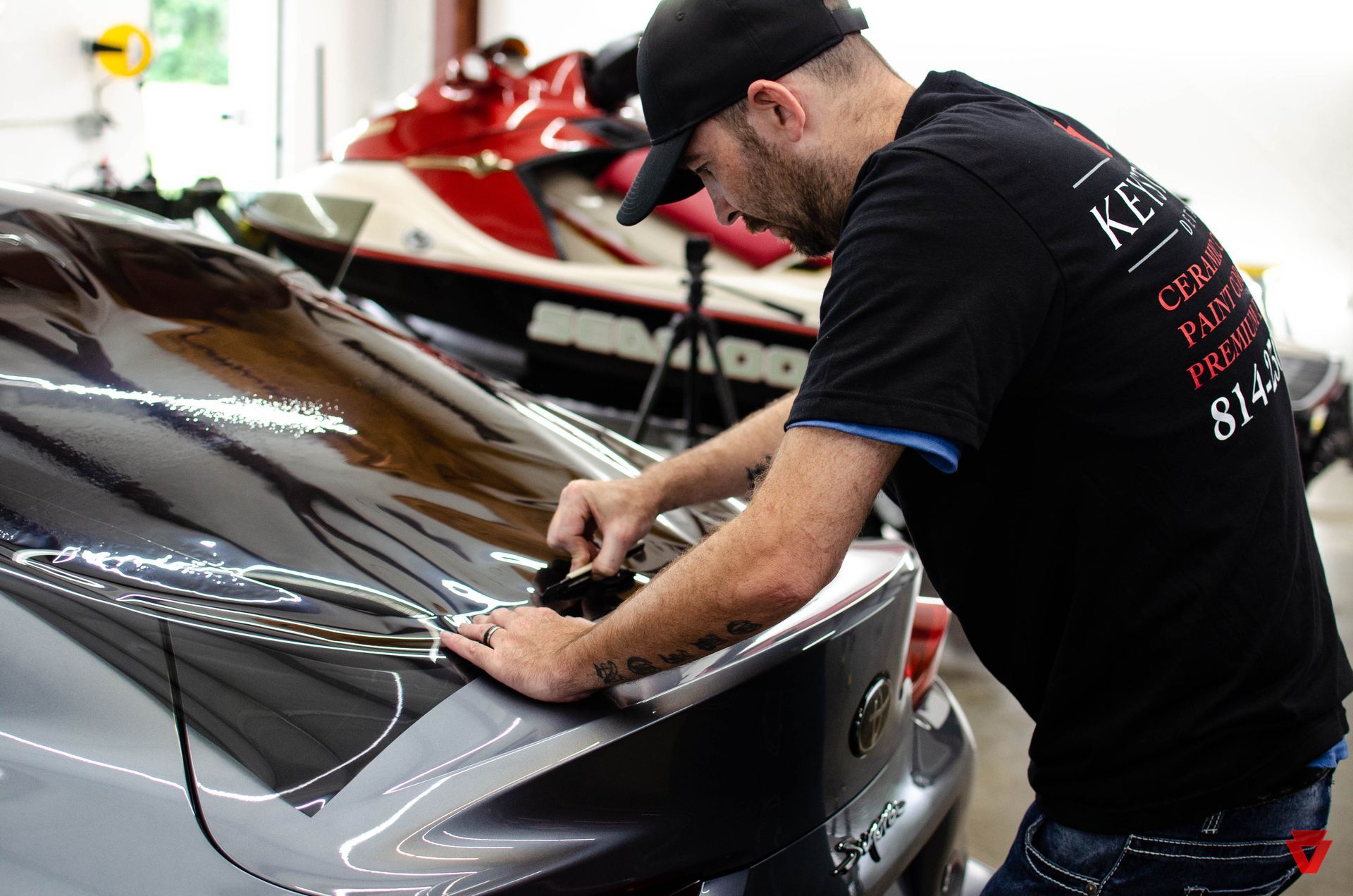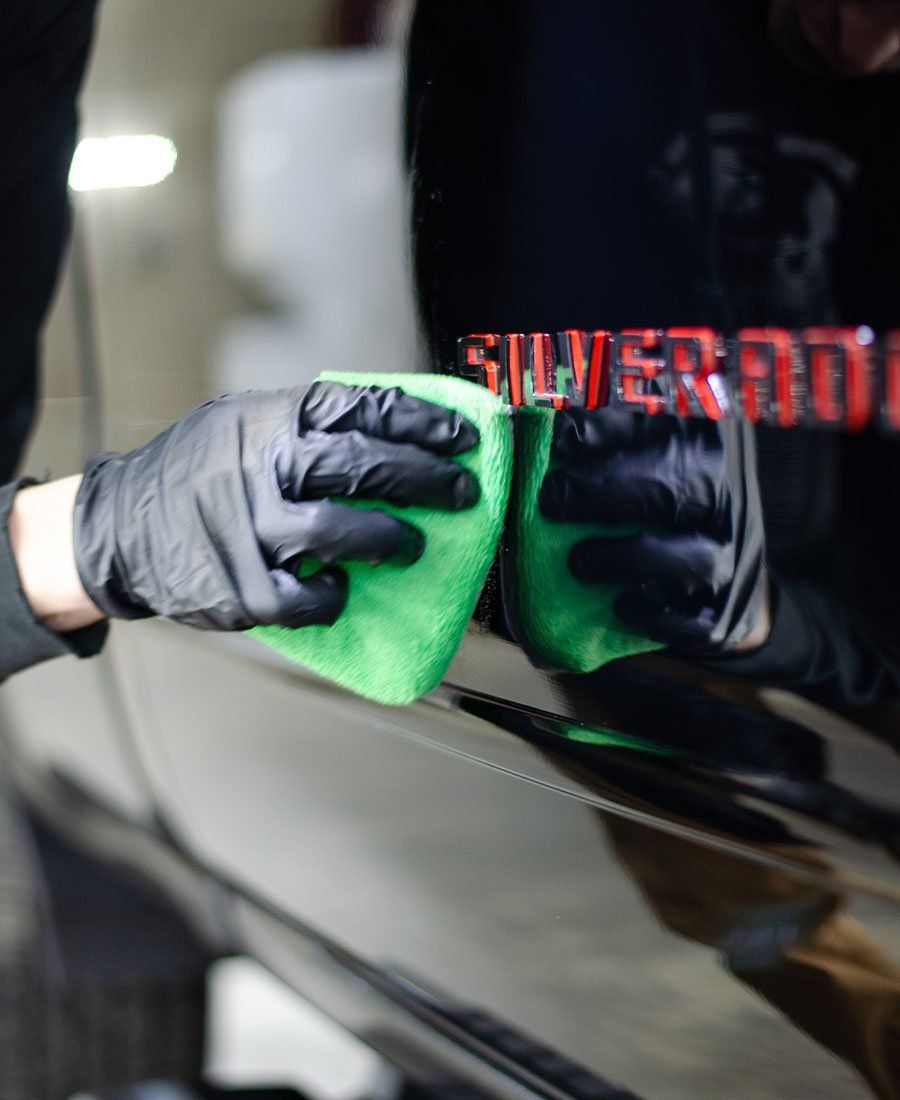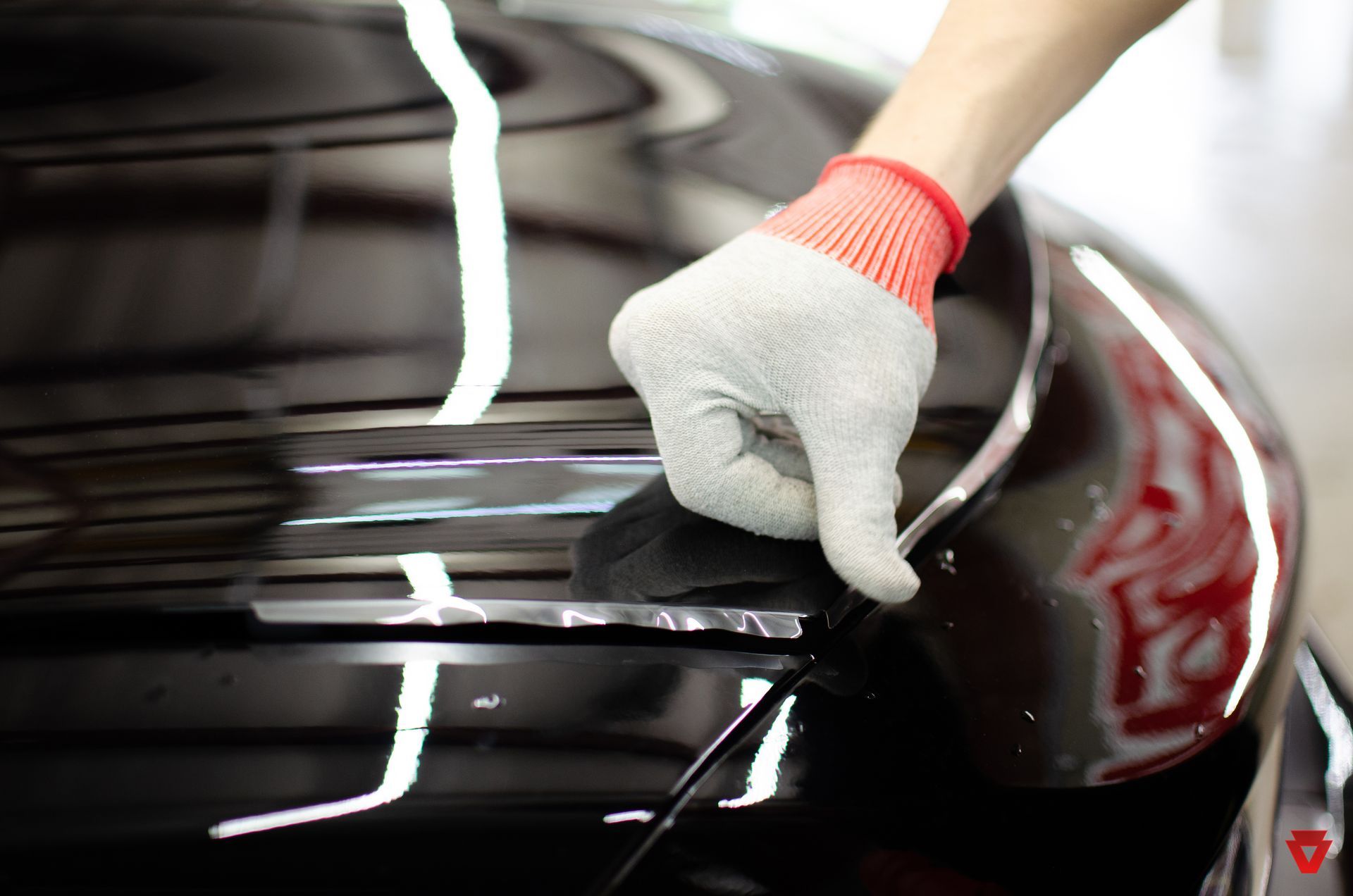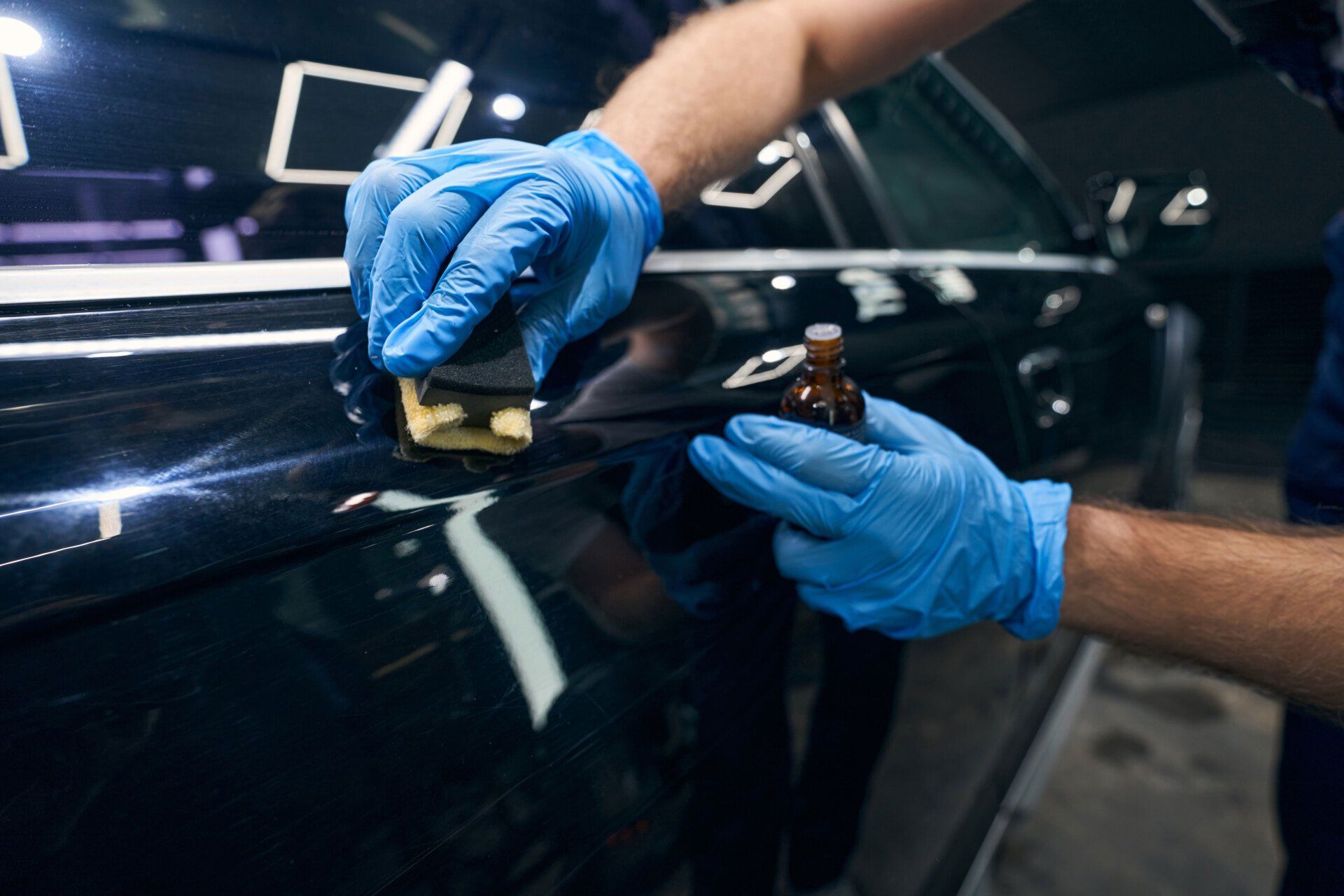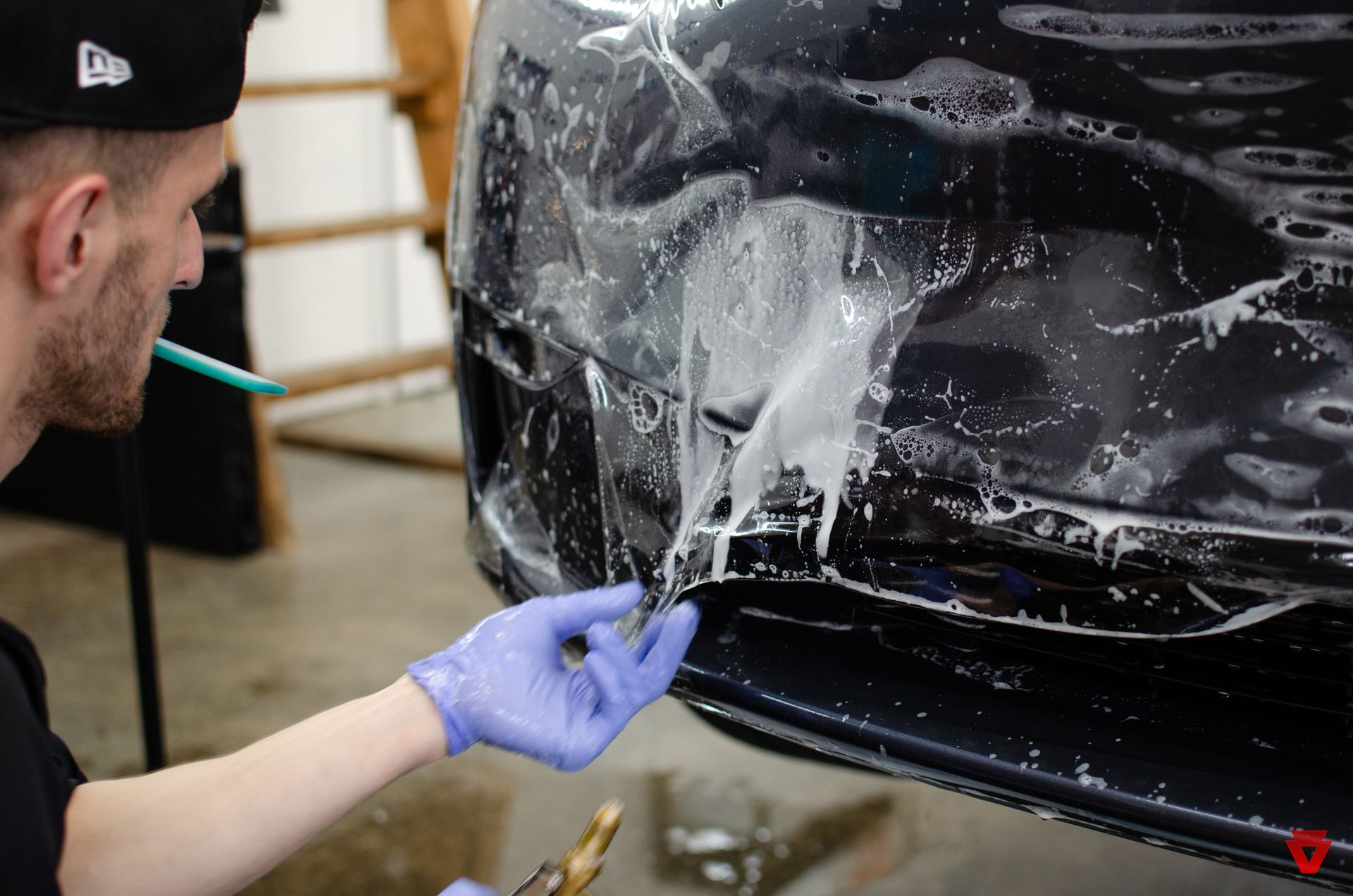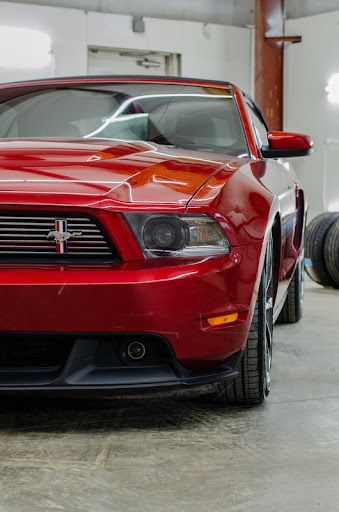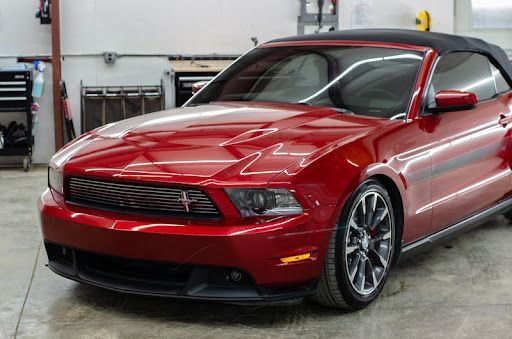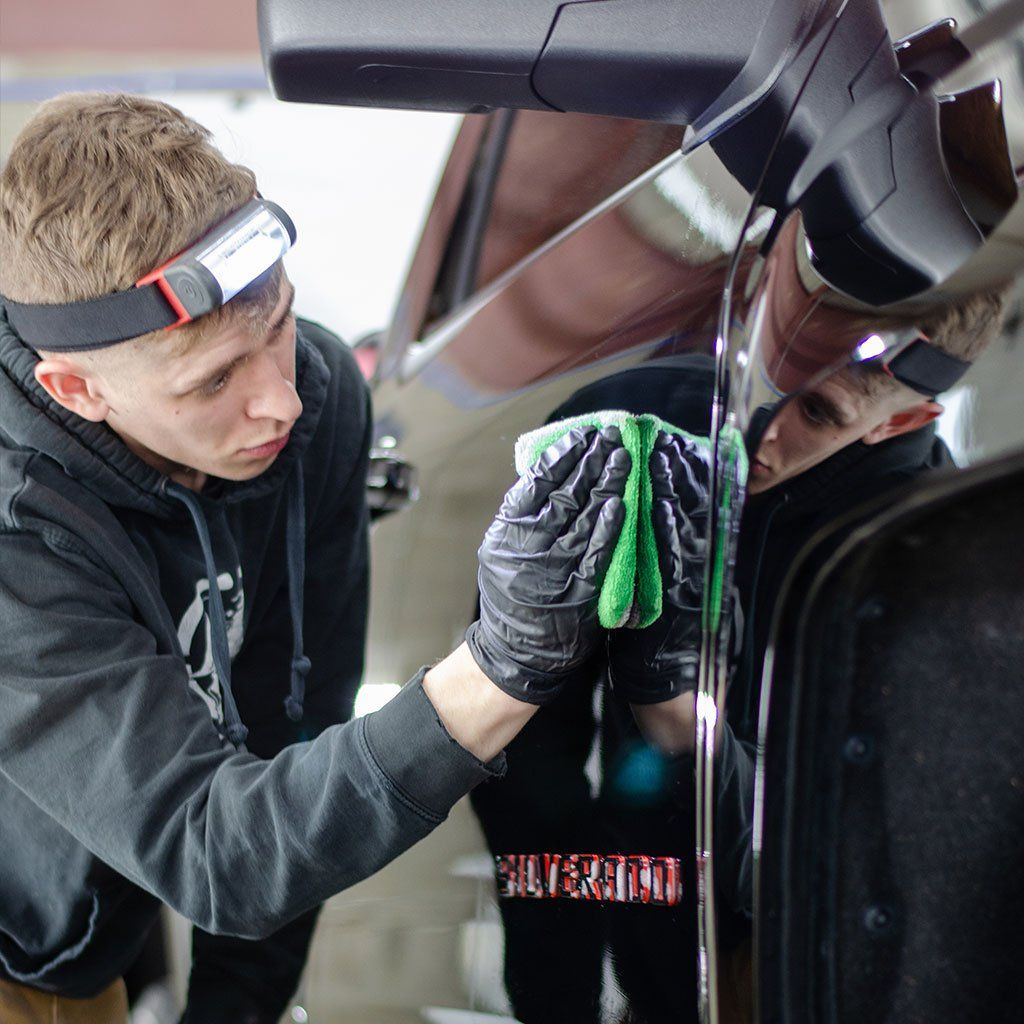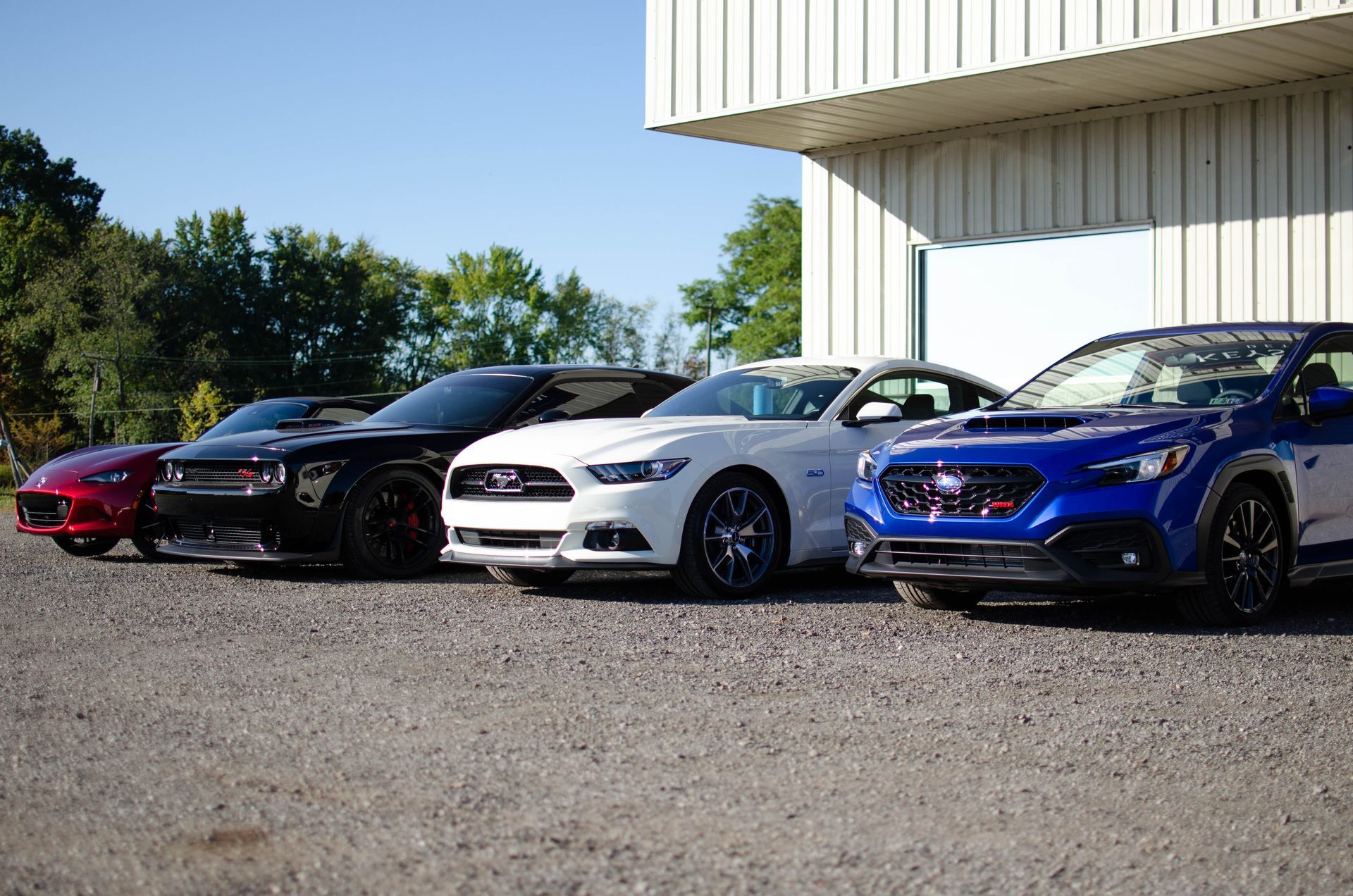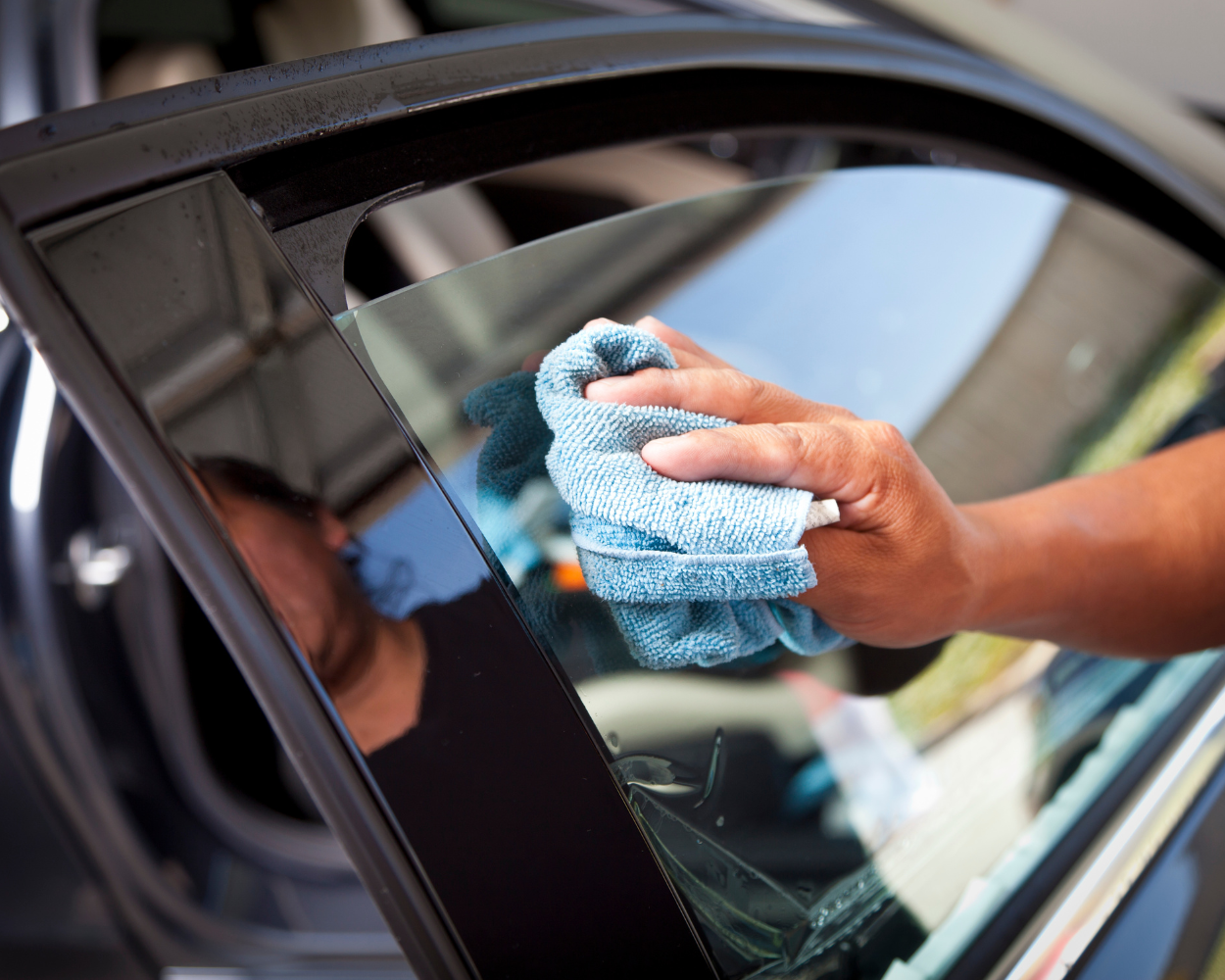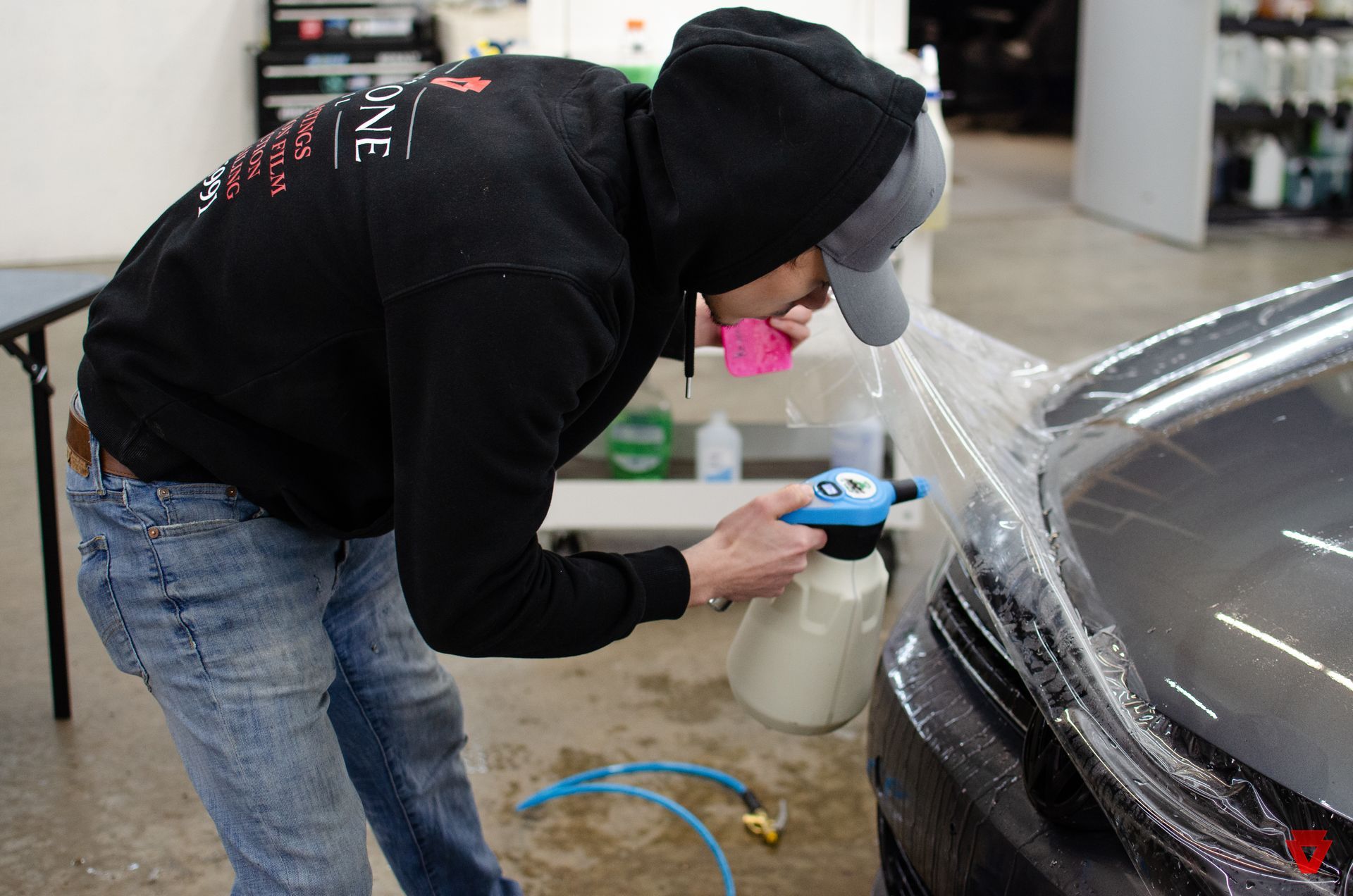Ceramic Coating Myths Debunked: Busting Common Misconceptions
Ceramic coatings indeed contribute to the preservation of your vehicle's outward appeal, but they're not a failsafe. While they can protect against environmental and chemical damage, they don't make your vehicle invincible to rock chips or provide a magical self-healing ability like paint protection films do. Instead, they are an efficient ally in reducing maintenance time and effort, even though you'll still need to use automotive shampoo regularly. Despite warranties suggesting years of durability, precise longevity depends on a number of factors, including proper application preparation—yes, even for brand-new cars.
In this comprehensive guide, our team at Keystone Detail debunks prevalent myths surrounding ceramic coatings, such as the belief that they make cars rock-chip resistant and offer fire-proof protection. We provide expert insights to help enthusiasts make informed decisions when considering ceramic coating applications.
Common Notions About Ceramic Coating
The term ceramic coating can sound quite impressive, often leading to some misconceptions about its actual impact on your vehicle. Let's debunk some widespread notions and provide clarity on their true implications.
- Myth #1: Ceramic coatings make a car rock chip resistant. Ceramic coatings offer protection against environmental and chemical damage, but they do not make the car scratch and rock chip resistant. Rock chip resistance requires pliability to absorb impact, which ceramic coatings lack. If you’re looking to protect your car from scratches and rock chips, consider using paint protection film instead.
- Myth #2: Ceramic coatings are chemically resistant, protecting the clear coat from chemicals that can cause damage. Although ceramic coatings provide better resistance to chemical stains and etching compared to traditional wax, they are not entirely chemically resistant. Harsh chemicals can still cause damage if left unattended for long periods of time. It is essential to observe proper maintenance to ensure your ceramic coating lasts longer.
- Myth #3: Ceramic coatings are self-healing, resembling paint protection film (PPF), which is designed to heal damage caused by rocks and debris. Contrary to popular belief, ceramic coatings are not self-healing like paint protection film. They do enhance the surface's durability and provide environmental resistance but they do not possess the same self-healing properties as paint protection films.
- Myth #4: Ceramic coatings make a car fire-proof, as depicted in dramatic fireball tests in misleading advertisements. It's crucial to dispel the idea that ceramic coatings make a car fire-proof. While they do provide some level of heat resistance and protect your vehicle from damage from UV rays, they should not be relied upon as a primary fire protection measure.
These myths reflect varying levels of misconception about what ceramic coatings can actually deliver. Understanding the limitations and benefits of ceramic coatings is crucial for making informed decisions about their application on your vehicle.
Reality Check on Ceramic Coating Cost
Ceramic coating functions as a knight's armor for your car, granting exceptional protection against external foes such as UV rays, dirt, bird droppings, and other environmental contaminants. Despite common misconceptions portraying ceramic coatings as exorbitant, the long-term benefits often surpass the initial investment. The initial application cost of a professional-grade ceramic coating can indeed range from $500 to $2,000 or more, contingent on the vehicle's size and the complexity of the application process. This may initially appear to be a substantial investment, but let's break it down to grasp why this cost can be justified.
When weighing the pros and cons of ceramic coating, it's crucial to consider the long-term benefits it offers. Not only does it provide extended protection to your vehicle's exterior, but it also eliminates the need for waxing every few months. Essentially, this translates to long-term savings by circumventing regular purchases of waxing products or professional waxing services. Moreover, by shielding your car's paint from fading and oxidation, ceramic coating aids in maintaining its resale value. The cost of professional detailing or painting to repair damaged surfaces can far exceed the initial investment in a ceramic coating. Therefore, spending on a quality ceramic coating upfront could potentially save you from disbursing a much larger sum of money down the line.
Think of it as akin to investing in high-quality hiking boots versus cheaper ones. While the initial cost may be higher, the long-term benefits and overall performance make them well worth the investment. To sum up, while the upfront cost of ceramic coating may seem substantial, the long-term value it provides in terms of protection, preservation, and financial savings makes it a worthwhile investment for many car owners. Cost is undeniably an important factor, but it's just one piece of the puzzle when considering ceramic coating for your vehicle.
True Scope of Ceramic Coating Durability
When it comes to ceramic coatings, durability is a critical consideration. High-quality ceramic coatings have the potential to offer several years of reliable protection when they are properly applied and maintained. It's crucial to realize that these coatings are not resistant to outside influences, and as a result, various environmental and usage-related factors can affect their longevity. Factors such as long exposure to sunlight, salty air, industrial pollutants, and regular wear and tear from driving all contribute to the performance and longevity of the ceramic coating. While a well-applied coating provides an additional layer of protection against these elements, it's not immune to their effects over time.
Regular maintenance practices significantly impact the lifespan of ceramic coatings. Proper washing methods, such as using pH-neutral car shampoos and gentle washing tools, play a crucial role in preserving the coating. Avoiding harsh or abrasive cleaning techniques is essential to preventing premature deterioration of the protective layer. Annual inspections and evaluations are also vital for identifying any signs of wear, damage, or degradation in the coating. This proactive approach allows for timely intervention to address any issues before they escalate, ultimately contributing to the overall durability of the ceramic coating.
It's important for car owners to recognize that while ceramic coatings offer exceptional resistance to UV rays, water, and contaminants due to their hydrophobic properties, they are not indestructible. Scratches or dents can still penetrate the protective layer, emphasizing the significance of mindful driving practices and regular assessments of the coating's condition. Consider a high-quality ceramic coating as a shield for your vehicle, guarding it against everyday challenges. Just like any shield, it requires care and occasional checks to ensure its resilience remains intact over time. By acknowledging the various factors that influence ceramic coating durability and actively implementing proper maintenance practices, car owners can maximize the protective benefits provided by these advanced coatings.
Limitations in the Protection Ceramic Coating Offers
It's important to acknowledge that ceramic coatings, while offering impressive protection against environmental damage and chemical damage, do have limitations. Despite providing a shield against bird droppings and tree sap, they are not impervious to larger surface damage such as scratches, rock chips and major abrasions. Understanding these limitations is crucial to setting realistic expectations for the performance of ceramic coatings. It's akin to knowing the capabilities of a high-quality raincoat—it can repel light rain and drizzle, but it won't keep you dry in a torrential downpour.
In the same way, ceramic coatings may safeguard your vehicle's paint from everyday wear and tear, but they won't miraculously protect it from all potential hazards. Understanding this balance can help car owners make informed decisions about how to best care for and protect their vehicles. To put this into perspective, imagine wearing an armored vest. While it provides some protection against certain threats, it doesn't render the wearer invincible. Similarly, ceramic coatings offer a level of defense against common sources of damage, but they aren't a panacea for all types of wear and tear.
It's akin to recognizing the strengths and weaknesses of a superhero—they may possess extraordinary abilities, but even they have vulnerabilities. By being aware of these limitations, consumers can avoid falling prey to exaggerated claims and maintain realistic expectations about what a ceramic coating can genuinely deliver. Understanding these limitations allows for a more informed approach to utilizing ceramic coatings as part of an overall vehicle maintenance strategy.
The Truth About Application and Maintenance
Applying a professional-grade ceramic coating to your vehicle's surface is no simple task. It is a meticulous process that demands attention to detail and adherence to specific guidelines to ensure a successful bond between the coating and the paint. Before the actual application, thorough preparation of the vehicle's surface is required. This involves multiple steps such as decontamination, polishing, and proper cleaning. The goal is to remove any existing contaminants, wax, or sealants that may hinder the bonding of the ceramic coating. Each step serves as a foundation to create an optimal environment for the coating to adhere properly, ensuring maximum longevity and performance. Once the surface is adequately prepped, the actual application of the ceramic coating begins. This step also requires precision to ensure even coverage and minimal waste of the product. Following the detailed instructions provided by the manufacturer is essential to achieving a uniform and flawless finish.
After the labor-intensive application process comes another crucial aspect: maintenance. While ceramic coatings offer impressive resistance to dirt, grime, and environmental fallout, they are not impervious to buildup over time. Regular washing is necessary to remove dirt and contaminants that can still adhere to the coated surface if left unwashed for prolonged periods. Consider this regular maintenance routine akin to maintaining a priceless piece of art. You wouldn't let dust settle on a valuable painting; similarly, you wouldn't want contaminants accumulating on your meticulously ceramic-coated vehicle.
Additionally, it's vital to be mindful of using appropriate cleaning methods and products when washing a vehicle treated with a ceramic coating. Abrasive or overly harsh cleaners can compromise the integrity of the coating, diminishing its protective properties. Opting for pH-neutral soaps and gentle washing techniques will help preserve the coating's resilience and appearance. In essence, mastering the application process and diligently adhering to proper maintenance schedules are pivotal to maximizing the benefits of a ceramic coating. It's an investment of time and effort that pays off in the form of long-lasting protection and an enduring aesthetic appeal for your vehicle.
Paint Protection Alternatives: Debunking More Myths
It's important to distinguish paint protection film or a clear bra from ceramic coatings since they are often confused due to their similar protective features. Paint protection film is a superior choice for car owners who want to preserve their vehicle's appearance and protect it from everyday hazards. This specialized film acts as an invisible suit of armor for the car, providing surface protection and guarding against abrasive debris damage like rock chips. One of the key benefits of PPF is its self-healing properties, which allow it to repair minor scratches and maintain the pristine look of the car's exterior. Additionally, paint protection film offers UV protection for the car's paint, resisting fading and damage from the sun's rays. On the other hand, ceramic coatings primarily provide an additional layer of protection against environmental elements such as UV rays, oxidation, and chemical stains. They offer impressive hydrophobic properties that repel water and maintain a glossy finish but they do not offer the same level of impact resistance as a paint protection film. This distinction is crucial for car owners seeking comprehensive protection for their vehicles.
Consider this comparison: A clear bra serves as a shield to protect your car from physical harm from road debris and minor impacts, while ceramic coatings act as a shield against the elements and guarantee a sleek appearance. Both options offer unique advantages that cater to different aspects of vehicle protection. When considering these alternatives, it's essential for car owners to evaluate their specific needs and preferences. Notably, paint protection film installation requires expertise and precision, so it's recommended to have a certified installer handle the job. The process includes surface preparation, cutting, measuring, and application techniques using wet solutions and heat activation. The good news is that you can both have these two installed on your vehicle! Understanding these distinctions empowers car owners to make informed decisions based on their unique requirements when it comes to protecting their vehicles.
Unrivaled Ceramic Coating Experts in Waterford, PA
Are you tired of lackluster car coatings that fail to protect your vehicle's shine and integrity? Keystone Detail is your
unparalleled ceramic coating expert based in Waterford, PA, providing unmatched protection and enhancement for your prized possession. With years of expertise and a commitment to quality, we deliver results that speak for themselves. Say goodbye to subpar coatings that don't stand the test of time. Trust Keystone Detail to safeguard your vehicle's finish with precision and care. Experience the difference today and give your car the protection it deserves. Unlock the potential of your vehicle with Keystone Detail, where excellence meets expertise. Book your ceramic coating appointment now and witness the difference firsthand!
Call us at (814) 230-6991 today!
